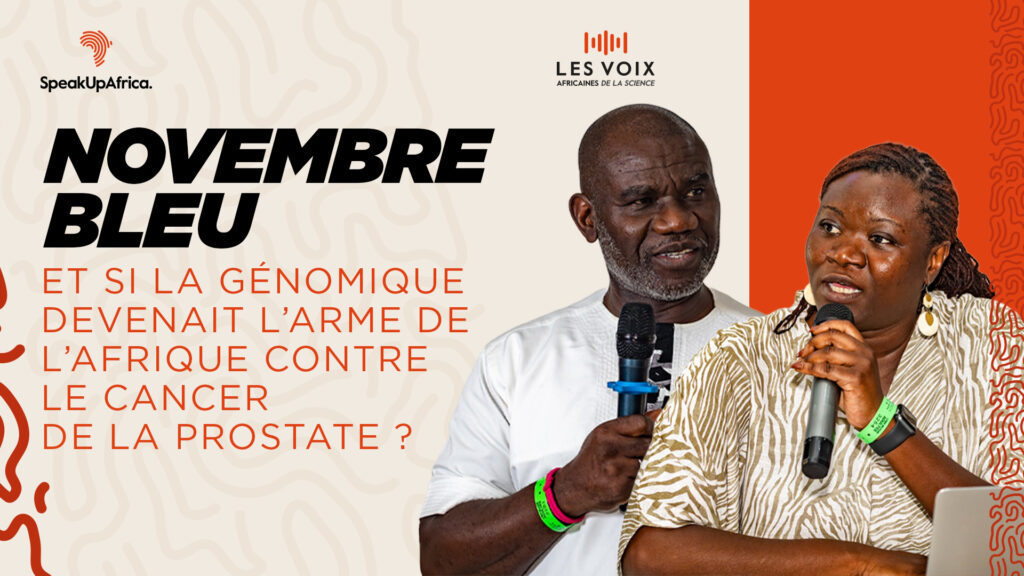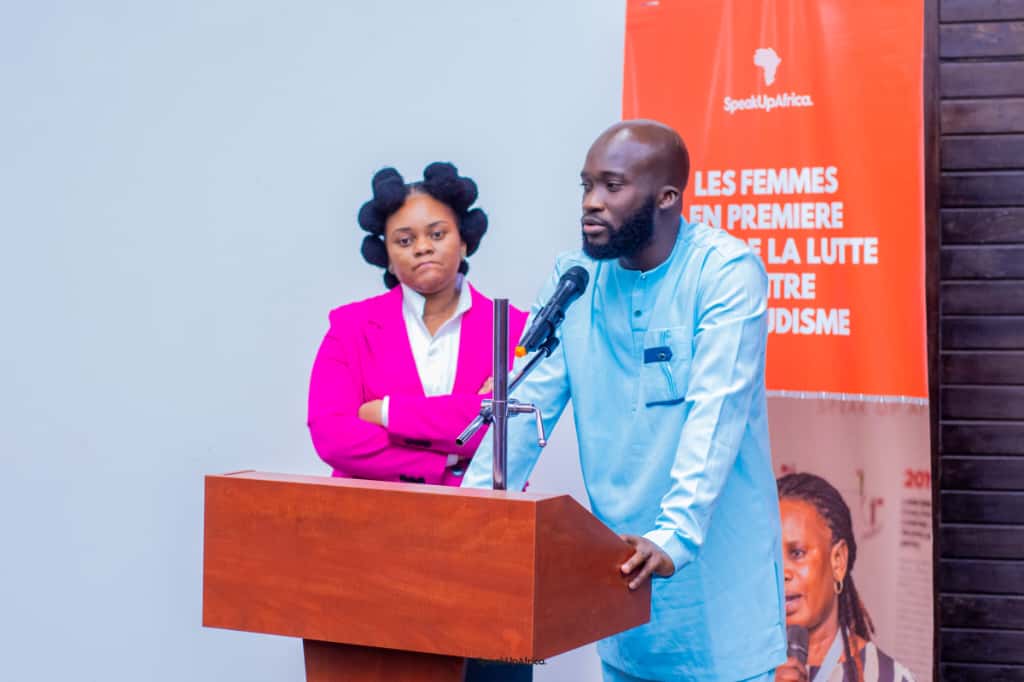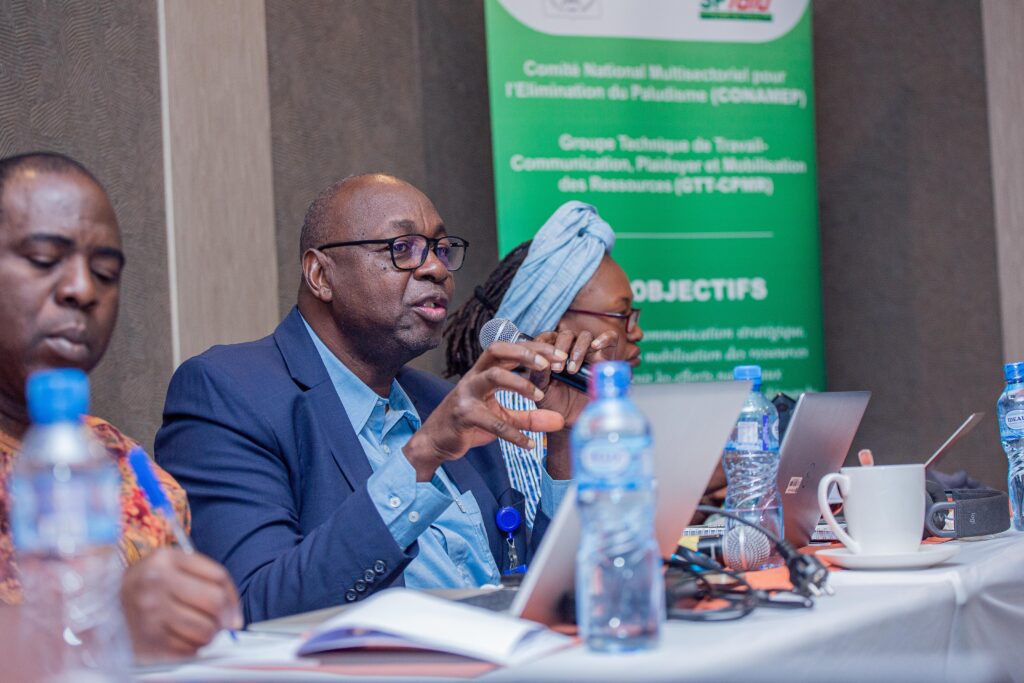How governments can help in the fight against vector-borne disease

Almost 20 percent of all infectious diseases are vector-borne—the theme of this year’s World Health Day. These diseases typically rely on mosquitoes, ticks, and fleas to be transmitted to humans, and they include lesser known conditions such as Rocky Mountain spotted fever, cat scratch disease and sleeping sickness (or trypanosomiasis).
They also include some of the world’s most destructive diseases—like malaria and dengue fever.
Associated with being outside, they are often caught when children are at play, or while people are enjoying themselves in some of the most naturally beautiful places in the world. Collectively, these vector-borne diseases cause significant damage; Lyme disease now infects over 30,000 people in the US every year; Rocky Mountain spotted fever numbers over 4,000 US cases. Meanwhile, dengue fever causes millions of cases worldwide and is the fastest-growing vector-borne disease. Forty percent of the world’s population is at risk from dengue, according to the World Health Organization (WHO).
The most deadly, however, is malaria, which kills over 600,000 people annually. Sadly, most of these deaths are African children under the age of five. There are over 200 million cases of malaria every year and 80 percent of these occur in sub-Saharan Africa, where a child dies every minute from the disease. “The fact that so many people are infected and dying from mosquito bites is one of the greatest tragedies of the 21st century,” said Dr. Margaret Chan, director-general of the WHO.
For decades, governments around the world have struggled to control vector-borne diseases. The unpredictable habits of mosquitoes, ticks, and fleas, and the microbes that they carry are significant obstacles.
Climate change hasn’t helped either. We are likely to see an increase in these diseases as the planet gets hotter. Global warming has an escalating influence on biting rates, breeding sites, and reproduction rates. And as globalization spreads, the reach of these non-passport-holding carriers-of-disease increases.
Limited resources in the poorest countries where the disease is most prevalent also make controlling the malaria-causing plasmodium, carried in the gut of female anopheles mosquitoes, extremely difficult.
The WHO recommends “Integrated Vector Management,” and this focuses on the ties between health and the environment. Environment management (eliminating breeding sites, like stagnant water), biological controls (the use of larvicides where there are few, easily locatable, breeding sites), and chemical methods (indoor spraying) can together prevent the spread of vector-borne disease.
Of course, this should be combined with the use of early diagnosis and treatment of malaria and prevention using insecticide-treated bed nets.
In Africa, health advocacy efforts to fight malaria have been mainly led by local and international civil society groups. International level advocacy is only sustainable and effective when combined with local level advocacy.
Some of the traditional methods of advocacy, such as flyers and billboards, should be replaced with more innovative techniques using celebrities and mobile technology. Friends Africa, a pan-African non-profit that fights AIDS, tuberculosis, and malaria, uses Nollywood stars and soccer players to educate the public about malaria, and we have found them to be a powerful and effective voice. They can certainly make the use of bednets sound much “cooler” to a teenager than any government.
It will take significant innovative financing, leadership, and technology to win the battle against malaria. African governments need to play a stronger role in securing finance for malaria programmes, monitoring transmission trends, and designing national strategies to control the disease.
Governments also need to increase domestic funding for operational research to ensure locally-tailored approaches are being used. They should also provide effective public outreach to educate people about treatment and control of these diseases. The question is, do already overwhelmed governments in Africa have the capacity to do this?
The Roll Back Malaria partnership has been successful in focusing the world’s attention on malaria, and has shown that significant progress has been made in fighting the disease. Since 2000, the number of people killed by malaria in Africa has been cut nearly in half. The Global Fund to fight AIDS, tuberculosis and malaria partnered successfully with African countries to bring about this change. This shows that our governments do have the capacity to fight vector-borne disease.
Unfortunately, funding to control mosquitoes is being reduced, while progress in fighting malaria is also threatened by growing parasitic resistance to antimalarial drugs. The combination of a renewed international commitment to fight malaria with increased domestic financing of malaria programs and investment in technology is needed to win the battle against this disease. I believe that through successful private-public partnerships in Africa, we can achieve this.
African governments are engaged on the issue. I have witnessed firsthand how excited our presidents are about progress on malaria. But there is a long road ahead, and we must not give up.
Dr. Akudo Anyanwu Ikemba, CEO Friends Africa


